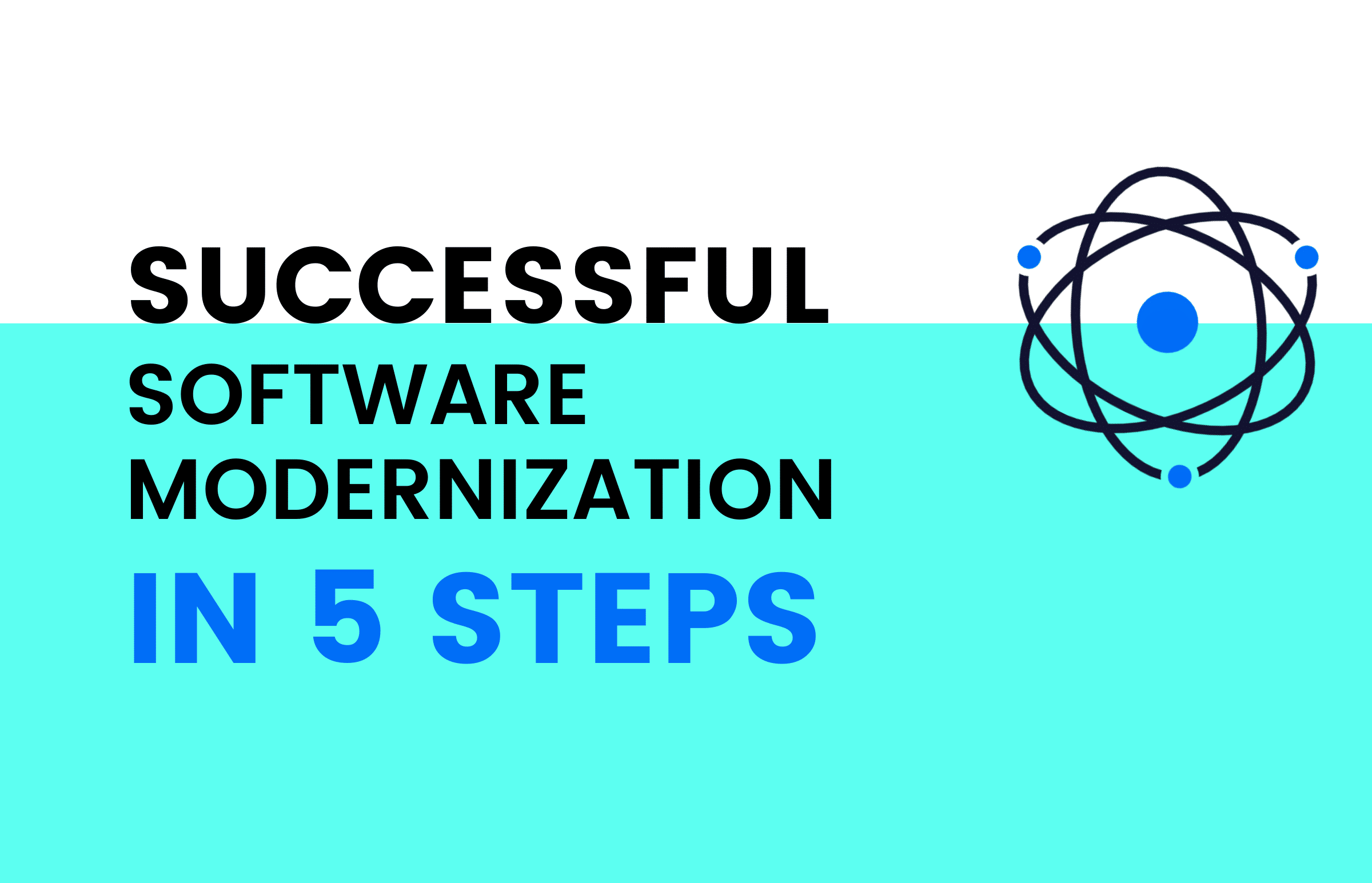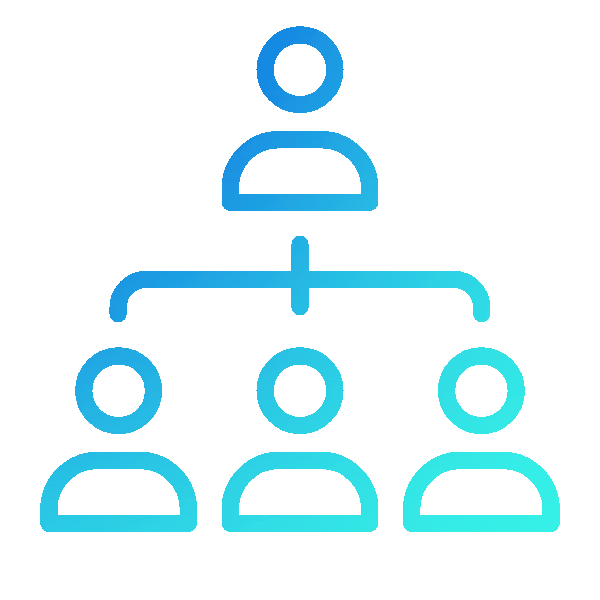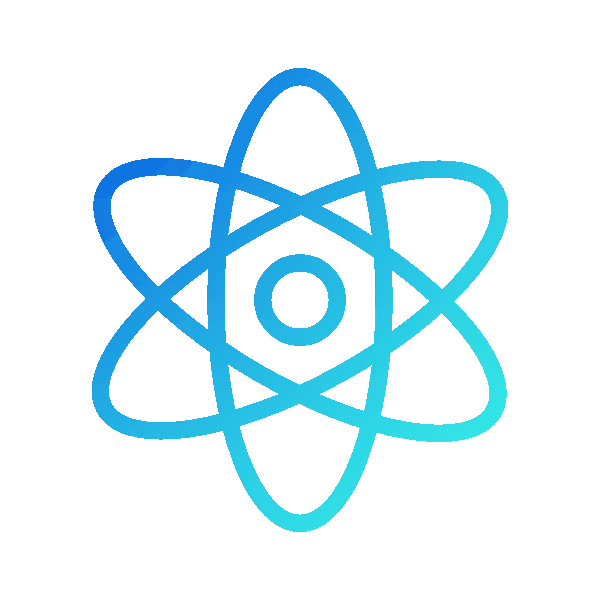The global legacy modernization market is expected to grow from $31.7 billion in 2023 to $54.8 billion by 2028. According to the 2022 reports, Legacy systems cost businesses an average of $2.6 trillion annually. 70% of IT budgets are spent on maintaining legacy systems. Because of this cost, 87% of organizations plan to modernize their legacy systems in the next 12 months.
Organizations that modernize their legacy systems see an average increase in revenue of 15%. Organizations that modernize their legacy systems reduce their IT costs by an average of 30%.
Today, it’s virtually impossible to maintain a competitive edge and achieve your business goals if you rely on outdated technologies. To stand out from the crowd, you should develop a well-thought-out software modernization strategy to assess and eventually phase out existing legacy systems.
What Are Legacy Systems?
Legacy systems are the aging relics of technology, encompassing outdated hardware and software applications that have become increasingly obsolete. Despite this obsolescence, many organizations still rely on them. This can include outdated hardware as well as software applications and programming languages.
Today, an astounding 80% of businesses are burdened with legacy systems that hamper innovation and hinder digital transformation efforts. The reliance on such technology results in suboptimal performance and a staggering $300 billion annual cost in maintenance and support.
A closely related concept is technical debt, or the additional expense of time, money, and resources organizations incur over time by opting for easy solutions now instead of going the extra mile and investing in modern technology.
Real-World Illustrations of Well-Known Brands
Here are some examples of how companies have benefited from legacy modernization:
- Capital One: Capital One modernized its legacy systems using cloud computing, which allowed it to reduce its IT costs by 40% and improve its customer service by 20%.
- Netflix: Netflix modernized its legacy systems using microservices architecture, which made it more agile and scalable and allowed it to launch new features more quickly.
- Amazon: Amazon modernized its legacy systems using machine learning, which helped it to improve its product recommendations by 30% and reduce its inventory costs by 10%.
Overall, the benefits of legacy modernization are clear. It can help businesses to save money, improve efficiency, and become more agile and innovative.
For more examples of legacy software and its hidden costs, read this blog.
The Benefits of Software Modernization
Here are just a few reasons you should give legacy software modernization serious thought:
1- Scalable and Future-Proof Software
a) The Benefits of Scalability
The vast majority of modern applications are cloud-based, pay-as-you-go services. That makes them highly scalable and indispensable to business growth. You can purchase the data storage, bandwidth, or add-ons you need and scale on-demand and in real-time.
b) Enhanced Scalability and Savings
90% of organizations experience enhanced scalability and agility by migrating to cloud-based modern applications. Scaling on-demand and in real-time becomes seamless, leading to 25% cost savings compared to maintaining on-premise legacy systems.
c) Efficient Resource Usage
Cloud solutions also have lower memory requirements and a smaller footprint than on-premise legacy applications. This can enable you to host more apps and serve more users on the same hardware without upgrading your servers and hosting infrastructure.
2- Low-Maintenance Systems
a) Microservices Software Architecture
Modern web development uses microservices software architecture. Unlike the traditional monolith approach to development, microservices architecture divides apps into numerous decentralized and loosely coupled modules or services.
b) Faster Development and Savings
Modern software architecture, particularly microservices, enables 40% faster development, testing, and deployment cycles. This translates to $1 million in annual savings for large enterprises through reduced maintenance and support costs.
c) Independent Module Management
This approach allows software engineers to develop, test, deploy, and maintain these modules independently and simultaneously, saving you time, money, and resources. Compared to monolith applications, microservices also have a smaller surface area that could be exposed to security breaches.
3- Increased Agility
a) Short Development Cycles
Another benefit to using modern development practices architecture is that they usually entail short development cycles, which allow development teams to test individual components as they go along using easy-to-write, automated tests. That, in turn, makes it possible to identify and fix potential issues quickly and cost-efficiently.
b) Quick Issue Identification
Shortened development cycles in modern practices result in 50% quicker issue identification and resolution. This not only reduces costs but also minimizes business disruption, leading to an impressive 30% increase in overall business agility.
c) Monolithic System Challenges
Identifying a bug or problem becomes much more complex within a monolithic system, and deployments affect the entire system or application.
4- Better Customer Experience
a) The Customer-Centric Approach
From the increased scalability, agility, and cost-effectiveness to the shorter time to market, everything adds up to help you create better products or services and boost customer satisfaction.
b) Speed and User Satisfaction
Consider speed, for example. Because single-page cloud-based apps load most resources just once per cycle and only update the dynamic content, they are associated with shorter user waiting times. This is good news, considering that bounce rates grow by 32% as page load time goes from one to three seconds.
c) Modernized Applications
A 32% increase in customer satisfaction is observed with modernized applications due to shorter user waiting times, resulting in 25% reduced bounce rates. Users today expect — and indeed demand — high-performing software, and outdated systems simply don’t cut it.
The Modernization Process
1. Architecture Audit
A critical initial step in software modernization is conducting a comprehensive architecture audit. This process involves a deep dive into your existing systems to identify bottlenecks, weaknesses, and areas for improvement.
2. Choosing the Right Modernization Strategy
Selecting the appropriate modernization strategy is crucial. Whether it’s cloud migration, mainframe modernization, or component-based software development, the choice should align with your business goals and current needs.
3. Evaluating Costs and ROI
The cost of ownership for modern applications is 30% lower than maintaining legacy systems. Additionally, modernization projects exhibit a $2 million average ROI for large enterprises, making it a financially sound choice.
Successful Software Modernization in 5 Steps
These steps can help ensure that your legacy software transformation is a success.
1. Assess Your Current Systems
Jumpstart the modernization process by identifying the mission-critical components and functionalities of your IT system. Then, pinpoint issues that could impair user experience or hinder application performance and future growth.
As you do that, don’t forget to consider maintenance costs, too. Your system should be easy to support — and it shouldn’t be difficult to find specialists who know your tech stack, either.
2. Choose the Right Modernization Approaches for Your Needs
The most popular approaches to software modernization are:
- Encapsulation: You preserve and extend an application’s features by encapsulating its functions and data and making them available as services through an application programming interface (API).
- Rehosting: You redeploy application components to other physical, virtual, or cloud infrastructures without modifying their code, functions, and features.
- Replatforming: You migrate an application to a new platform, making minimal changes to the code but not the code structure, features, or functions.
- Refactoring: You optimize and restructure existing code to enhance nonfunctional attributes and eliminate technical debt, but the code’s external behavior remains unchanged.
- Rearchitecting: You alter the code significantly to introduce a different application architecture and exploit new capabilities.
- Rebuilding: You rewrite or redesign application components from scratch but preserve their specifications and scope.
- Replacing: You eliminate and replace application components entirely.
3. Create a Modernization Strategy Roadmap
A technology roadmap is a must when introducing new, large-scale IT solutions to your business. It can help you define your overall business goals, break them down into smaller milestones, assign specific tasks to team members, identify potential roadblocks, and more.
To learn how to develop a well-thought-out roadmap for your overall software initiatives, read this blog.
4. Keep Your Documentation Airtight
Document everything. It’s hard to overstate the importance of a unified project documentation system. It ensures everyone is on the same page, keeps modernization costs to a minimum, and ensures visibility, transparency, and accountability.
5. Know Where to Start
You may choose to implement your software modernization project at once or optimize your tech stack over time. Either way, before you start modernizing your obsolete and advanced technologies, you should clearly know which parts of the system you want to work on first.
To do that, consider potential interdependencies and what changes are likely to have the greatest cost-to-reward ratio. You should also keep in mind that making gradual modifications is usually the recommended approach, as it allows for quicker testing and iteration, shorter software release cycles, and continuous improvement.
Final verdict
Legacy modernization isn’t just about updating technology; it’s about future-proofing your organization. It facilitates the achievement of business goals and enables companies to pivot towards emerging opportunities in the digital landscape.
The top drivers of legacy modernization are improving customer experience, increasing agility, and reducing costs. The most popular legacy system modernization key strategies are cloud migration, application/software modernization, and data migration.
Modernize Your Outdated Software with Zartis
This article offers a clear roadmap for businesses navigating the complex terrain of legacy systems and outdated technologies. By embracing modern technology, aligning strategies with core business operations, and reducing technical debt, this guide empowers organizations to achieve their business objectives and experience substantial growth.
It can be difficult to create an application modernization strategy on your own. This is where Zartis’ innovation outsourcing services come in. Zartis offers a comprehensive suite of legacy software modernization services that can help you update your outdated systems and bring them up to the latest standards.
We can help you with everything from cloud migration and application modernization to data migration and security. Together, we’ll make sure that your software modernization is a success.
How Zartis can help you modernize your legacy software systems:
- Assessment: We start by assessing your current software systems and identifying the areas needing improvement most. We’ll also work with you to understand your business goals and objectives.
- Planning: Once we understand your needs well, we’ll develop a step-by-step plan for modernizing your systems. We’ll take into account your budget, timeline, and risk tolerance.
- Implementation: We’ll work with you to implement the modernization plan and deploy your new systems. We’ll also provide training and support to your staff.
If you’re ready to modernize your legacy software systems, contact Zartis today. We’ll help you create a custom modernization plan that meets your specific needs and budget. Tell us more about your project and future goals here to start the conversation.





